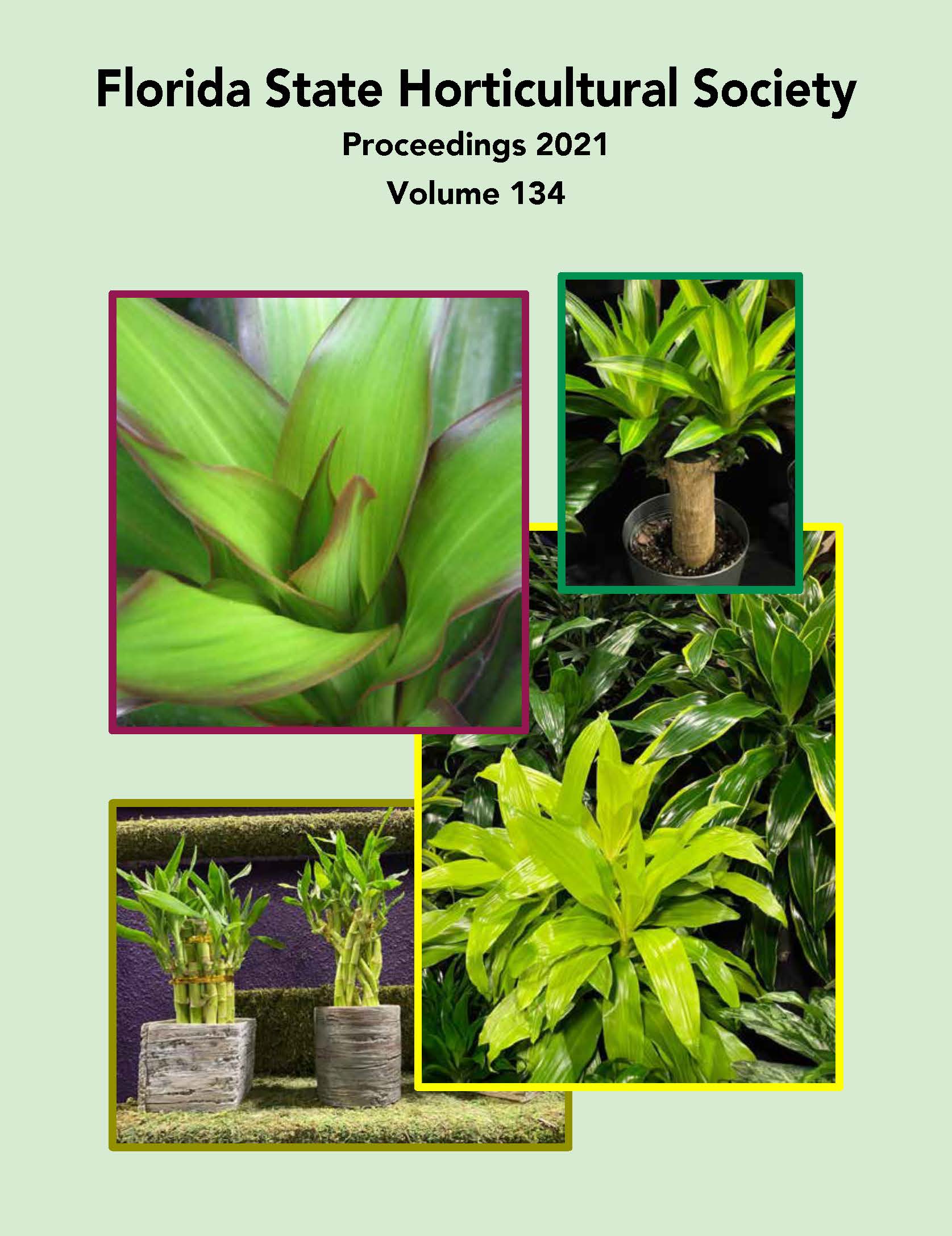Krome Memorial Institute (Tropicals)
Abstract
Florida’s peninsular shape and close proximity to the equator creates a humid, subtropical environment, with more than half of the year characterized by warm temperatures (> 32.2°C) and high relative humidity (> 50% RH) (Black, 1993). Over two-thirds of the state is surrounded by the Gulf of Mexico or the Atlantic Ocean, which absorb the sun’s rays and radiate heat into the atmosphere facilitating the warm air temperatures for which Florida is known. These warm, tropical waters also bring about heavy rain fall and extreme seasonal weather events that impact both coastal and inland areas.

